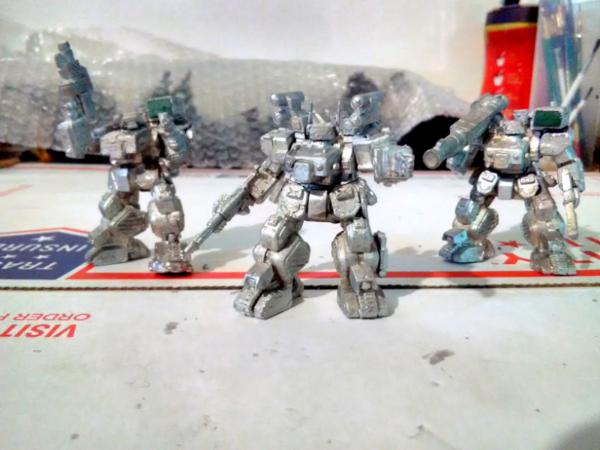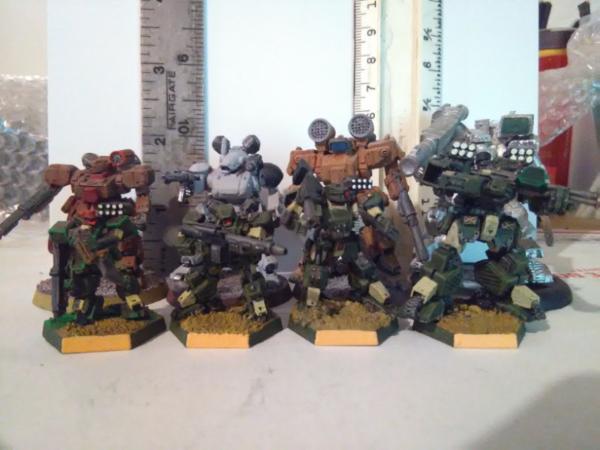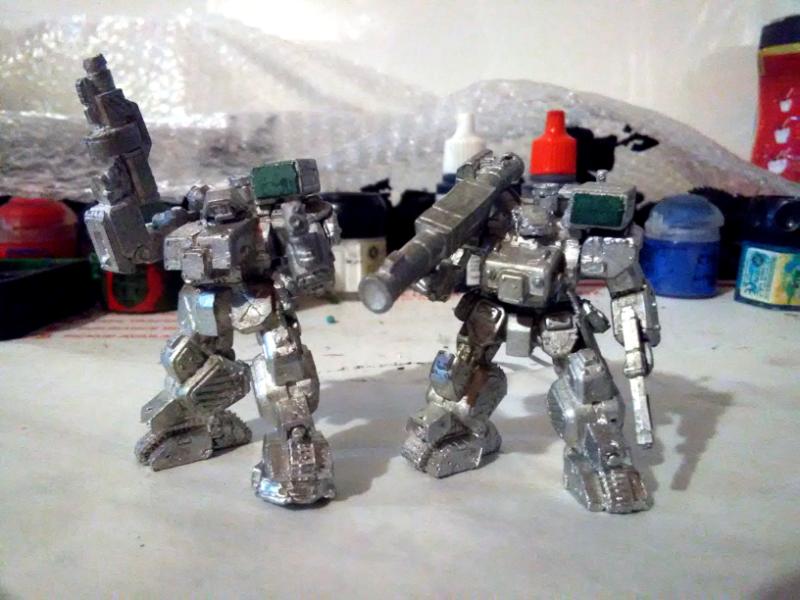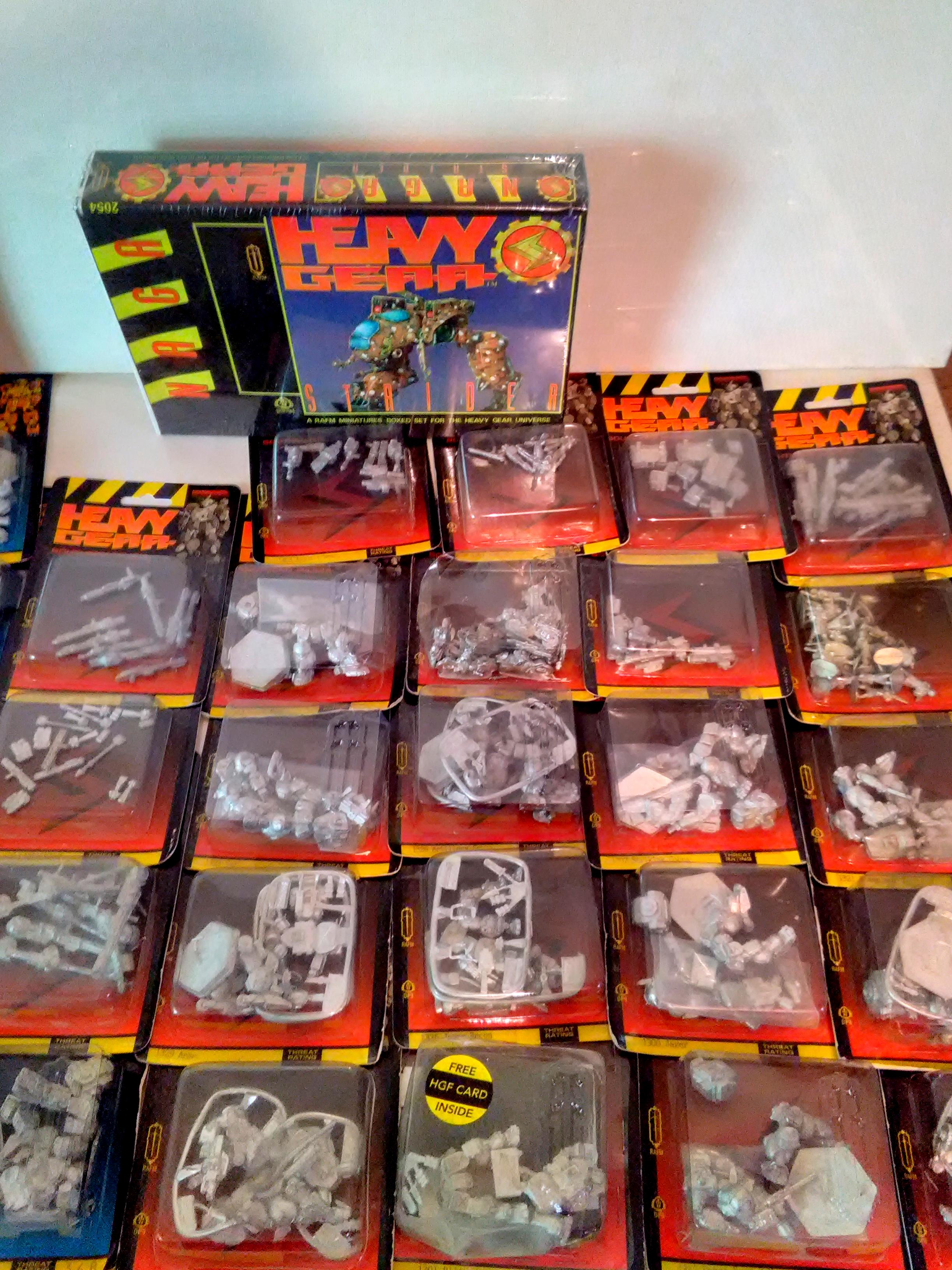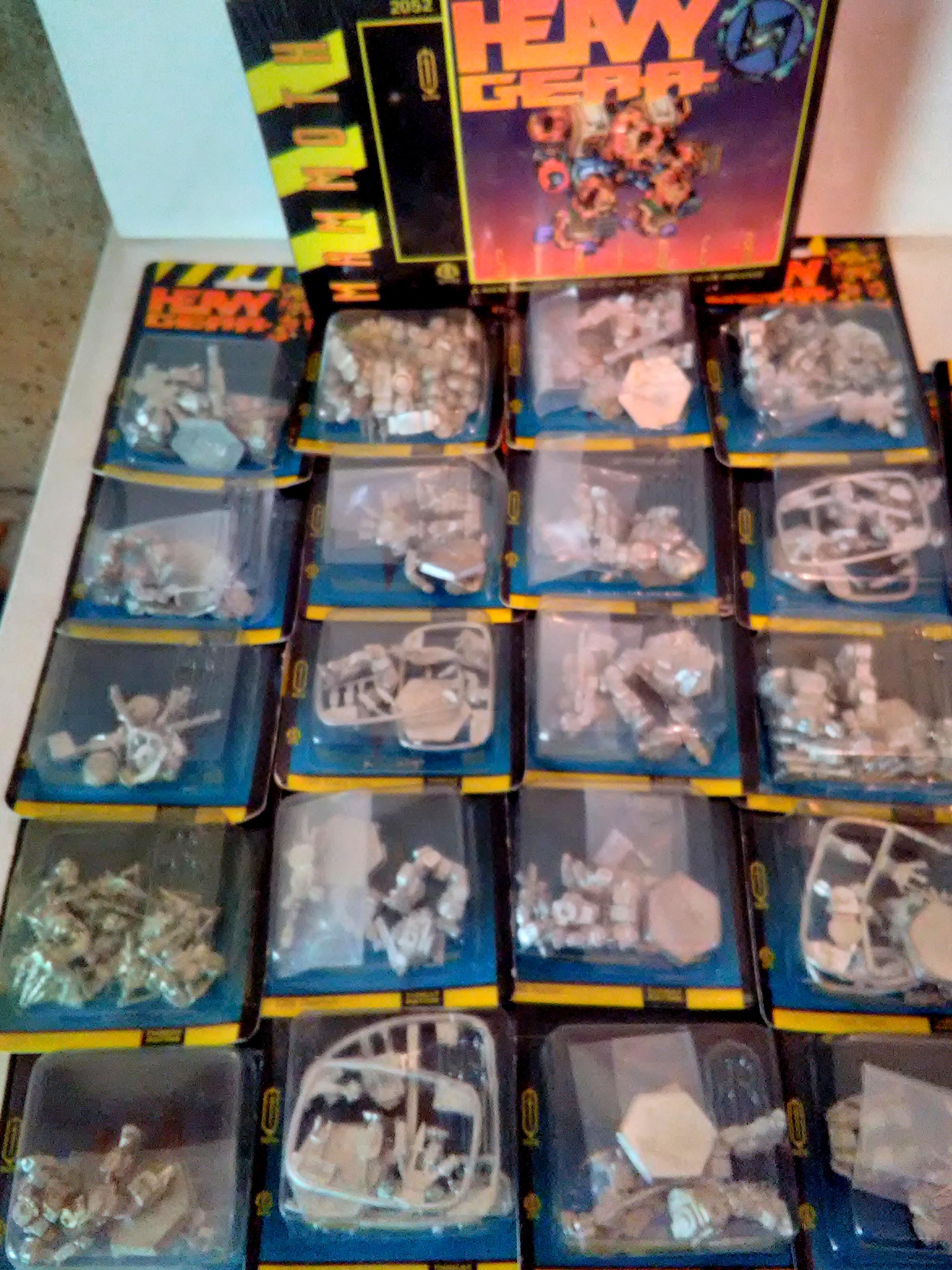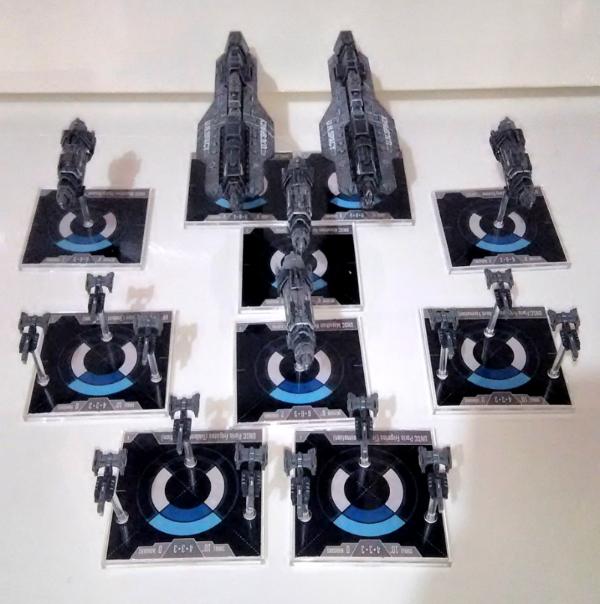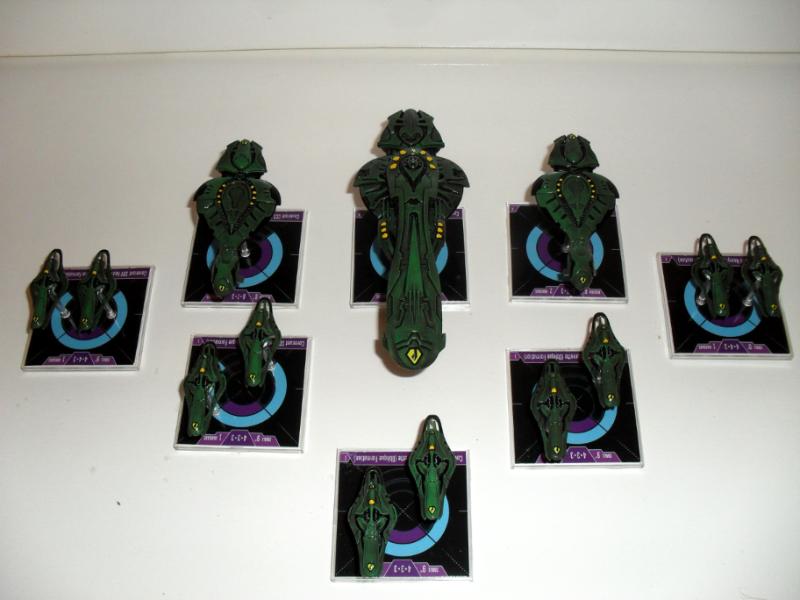For a change of pace, I figured I'd post something that I came up with earlier this year while rewatching several of the Star Trek series on Netflix, most notably Enterprise. First off, thanks to the talented Doug Drexler for designing both the original NX class ships for the TV show as well as the image of the NX refit that I used as the basis for my own conversion.
As the creator of the ship design, Doug Drexler, said in an episode of the Trekyards show, the prototype NX warp 5 ship had numerous variants and upgrades in development before launch. During the first years after the initial launch of the NX-01 Enterprise, the galactic neighborhood proved to be far more dangerous than Earth ever thought and the various tactical and defensive upgrades were prioritized over more exploratory and scientific ones. After the looming threat of the Xindi weapon was over, the focus shifted back to a more even handed approach regarding future upgrades.
One of the first primarily non-tactical upgrades deployed was the NXL long range exploration module. While the later refit of the NX design was more promising, it was also fraught with delays and developmental hurdles as is common with more innovative designs. The NXL module, combined with the earlier fast tracked tactical upgrades like photonic torpedoes and phase cannons, extended the capabilities significantly across all mission types over what was possible with the original design despite being a purposeful stop gap measure.
Unlike the refit, the NXL module did not replace the main engineering components. Instead, it was primarily geared towards extending the mission duration between resupplies as well as acting as an emergency life boat for the crew. Storage capacity was tripled along with the addition of larger, more spacious shuttle bays at the front of the pod. The original now blocked shuttle bays were partly converted to saucer storage (although they could still serve their original purpose in case of a separation). Other ventral inaccessible systems like grapplers and weapons had equivalents installed on the pod which were integrated into the main systems. Like the shuttle pod, those original systems were not removed but left operational in case of an emergency separation. A large pair of hydroponic bays were installed in the pod as well as a huge secondary water storage tank. On Captain Archer's frequent and insistent recommendations, this secondary water storage tank was made accessible to the crew for both exercise and leisure activities.
Finally, emergency living quarters for up to 200 in cramped conditions were included both for humanitarian rescue missions as well as in case of catastrophic saucer section damage as part of its secondary life boat role. To better facilitate this role, maneuvering thrusters and an independent life support systems powered by a microfusion reactor were installed that could maintain the pod's crew and systems for months when separated as well as backup or supplement the main saucer systems as needed. Separation under ideal circumstances takes less than an hour including the movement of key supplies and equipment (like shuttle craft) back to the saucer section. In case of an emergency, it can be accomplished in less than two minutes though.
The attachment of the pod, affectionately nicknamed the "pot belly" by crews, was a popular upgrade in the NX fleet as it significantly improved the quality of life on ships during extended mission durations. From a practical perspective, the added mass and bulk was absent the negative effects on maneuverability, speed, or defense one might expect. The addition of thrusters and the microfusion reactor on the pod counteracted the added bulk at sublight speeds whereas the modest improvements to power output and efficiency made during a simultaneously scheduled tuneup of the original warp reactor and plasma injectors made performance changes at all warp speeds negligible compared with the original design. Hull plating as well as tactical systems on the pod were patched into the main systems and operated within the same parameters as other late NX era ships (although these systems were inoperable after emergency separation). The actual attachment of the NXL module to NX class ships took less than a week in space dock with the majority of the time spent actually overhauling the existing propulsion systems in the original NX hull prior to connecting the pod. Despite increasing the available usable space on the ship by over 40%, the added crew requirements for the pod were minimal at only a dozen extra crew compared with a standard NX ship. This was because the added space was designed for uses that typically didn't require frequent or intensive crew monitoring (such as the hydroponics and cargo bays).
This design, despite its popularity, was only ever planned as an interim design until the deployment of the formal refit and as such always had an expected operational expiration date. The refit with its much improved propulsion, navigation, and tactical system upgrades slowly phased out the NXL module over the course of a decade. The construction of the newer Columbia class ships with the refit systems already integrated meant that those ships also had no need for the interim NXL modules either. Despite its relatively short operational service life, it remains an interesting and successful footnote in the annals of Starfleet ship design on the road to the iconic saucer and secondary hull aesthetic.



































